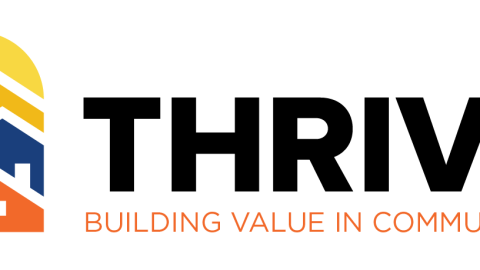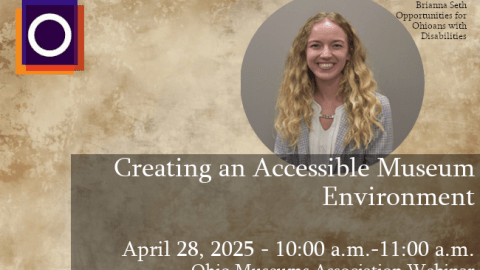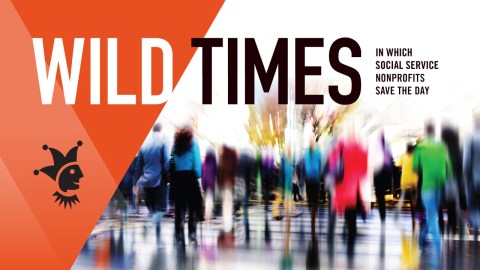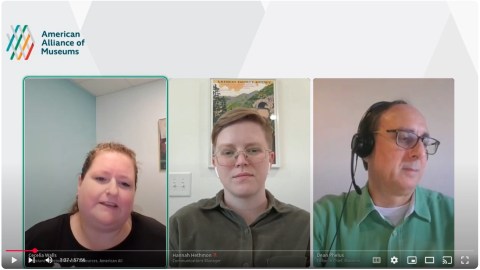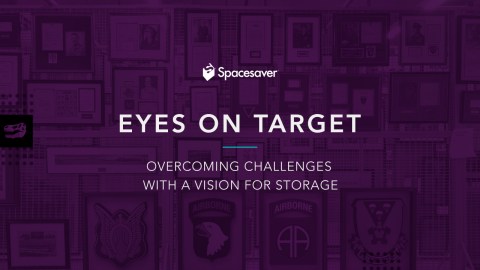This article originally appeared in Museum magazine’s July/August 2024 issue, a benefit of AAM membership.
When I worked at the Chicago Architecture Foundation, the audience surveys we conducted revealed a common sentiment: people expressing disinterest in visiting because they weren’t keen on architecture. “Okay,” we’d respond, “but what about parks? Bridges? The iconic Chicago skyline?” To our surprise, many would express interest in those topics, even if they had said they didn’t like architecture.
This experience taught me a valuable lesson: sometimes, we hastily dismiss things without truly understanding them. A single word can lead us to make assumptions. I recall a business trip to London where I kept hearing glowing reviews of the Imperial War Museum. “But war?” I initially thought. “I’m not interested in war….”
But I went, and after seeing what I expected to see, like weaponry, I was caught off guard by what I encountered in the galleries. Like an exhibition about World War II that captured the story of the children forced to evacuate to the countryside, or a gallery focused on the horrors of the Holocaust. I took in these stories that were not just about war itself but its impact on people and the way it shapes our lives. I realized war did interest me. I just didn’t like the word.
I think about that experience sometimes when I go to an exhibition that I wish people with different perspectives from mine would see. Like the exhibition I once saw at the Chicago History Museum on lynching, “Without Sanctuary.” Through a collection of photographs, postcards, and other memorabilia, it laid bare the violence Black people lived with during Jim Crow, the terror they were escaping at all costs when they moved to cities like Chicago. I was particularly chilled by lynching postcards that white families used to share their Sunday afternoon experience with friends and family. If more people saw that, wouldn’t they form a different impression of our country’s history with race, of how we got to where we are now?
Museums can open minds. I saw it at the Muhammad Ali Center, where we would get comment cards from visitors who hadn’t expected to like the experience or understand Ali’s legacy. Some came from military families, who wrote that they had thought Ali was an “un-American draft dodger” for his refusal to participate in the Vietnam War. But in the museum, they came to understand his views and respect his principles, even if they didn’t agree with them.
We can ease some of the divisions we see today if we can figure out how to get more people into this position, where they can deeply engage with difficult topics and learn to appreciate other perspectives. How can we meet them where they are and build the on-ramp that will get them into the conversation? Doing so might mean removing barriers of language and avoiding terms that signal “this is not for you,” so we can get people to engage with the heart of the matter.
It may seem naive to say we can cut through differences in our present day, when it seems there can only be absolutes in any ideological debate, and we see so much backlash to progress and campaigning for censorship. But I think it’s important not to be shortsighted when it comes to change and remember that research shows us we agree on a lot more than some may have us think. For example, a recent Associated Press poll showed that between 80 and 90 percent of US adults agree on fundamental American rights and core values like equal protection under the law, the right to vote, freedom of religion, and the right to assemble peacefully.
Sure, it will take a lot of work to dial down the division and dial into this shared value system. But I know from experience that it’s possible, and that museum programs and exhibitions are the places to build this shared understanding. We can make it happen.
5/2/2024

